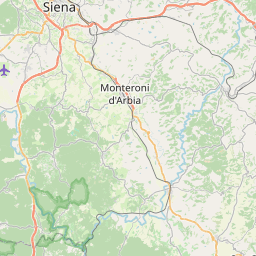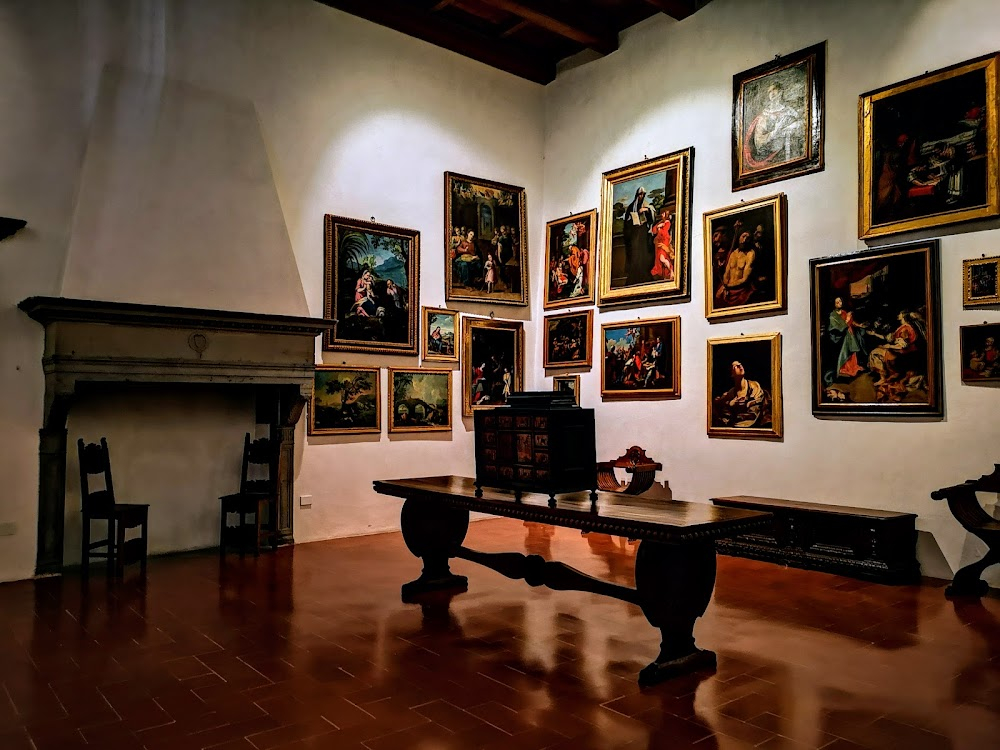Romeo and Juliet Filming Locations

Where was Romeo and Juliet filmed? Romeo and Juliet was filmed in 13 locations across Italy in the following places:
Romeo and Juliet Filming Locations
Pienza is a town in Tuscany, Italy. The central Piazza Pio II is framed by 15th-century buildings like the Pienza Cathedral and Piccolomini Palace. The latter was Pope Pius II’s summer residence and features a roof garden with valley views. Flemish tapestries and the pope’s embroidered cape are on display at the Diocesan Museum. West is the Pieve di Corsignano, a Romanesque church with a circular bell tower.
Siena, a city in central Italy’s Tuscany region, is distinguished by its medieval brick buildings. The fan-shaped central square, Piazza del Campo, is the site of the Palazzo Pubblico, the Gothic town hall, and Torre del Mangia, a slender 14th-century tower with sweeping views from its distinctive white crown. The city’s 17 historic “contrade” (districts) extend outward from the piazza.
Gubbio is a medieval town in central Italy. Its Colle Eletto cable car climbs to Mount Ingino, with the 5-naved Sant’Ubaldo Basilica and views of the Apennines Mountains. In town, Gubbio Cathedral contains 16th-century paintings and a baroque chapel. Inside the Gothic Consoli Palace, with its crenellated top, is the Civic Museum. Displays here include the Iguvine Tablets, 7 bronze slabs with ancient inscriptions.
Artena is a town and comune in the Metropolitan City of Rome, Italy. It is situated in the northwest of Monti Lepini, in the upper valley of the Sacco River. It is approximately 40 kilometres southeast by rail, and 30 kilometres direct from Rome. The economy is based on agriculture, animal husbandry and tourism.
Tuscania is a town and comune in the province of Viterbo, Lazio Region, Italy. Until the late 19th century the town was known as Toscanella.
Viterbo is a city in central Italy. The Palazzo dei Papi, a palace with an elegant loggia, was the seat of the popes in the 13th century. Nearby is San Lorenzo Cathedral, with a Gothic bell tower, frescoes and a 15th-century baptismal font. The Colle del Duomo Museum houses archaeological artifacts and a sacred art collection. The frescoed Palazzo dei Priori, Viterbo’s city hall, is on Piazza del Plebiscito.
Lazio is a central Italian region bordering the Tyrrhenian Sea. Its principal city, Rome, is Italy’s capital and was at the heart of the ancient Roman Empire. Its iconic ruins include the Coliseum, an amphitheater that seated thousands. On the coast, the ancient port of Ostia still retains detailed mosaics and a theater. Inland are the forested Apennine Mountains, with nature reserves, lakes and stone-built villages.
Tuscany is a region in central Italy. Its capital, Florence, is home to some of the world’s most recognizable Renaissance art and architecture, including Michelangelo’s "David" statue, Botticelli’s works in the Uffizi Gallery and the Duomo basilica. Its diverse natural landscape encompasses the rugged Apennine Mountains, the island of Elba’s beaches on the Tyrrhenian Sea and Chianti’s olive groves and vineyards.
Italy, a European country with a long Mediterranean coastline, has left a powerful mark on Western culture and cuisine. Its capital, Rome, is home to the Vatican as well as landmark art and ancient ruins. Other major cities include Florence, with Renaissance masterpieces such as Michelangelo’s "David" and Brunelleschi's Duomo; Venice, the city of canals; and Milan, Italy’s fashion capital.
Romeo and Juliet (1968)
When two young members of feuding families meet, forbidden love ensues.















